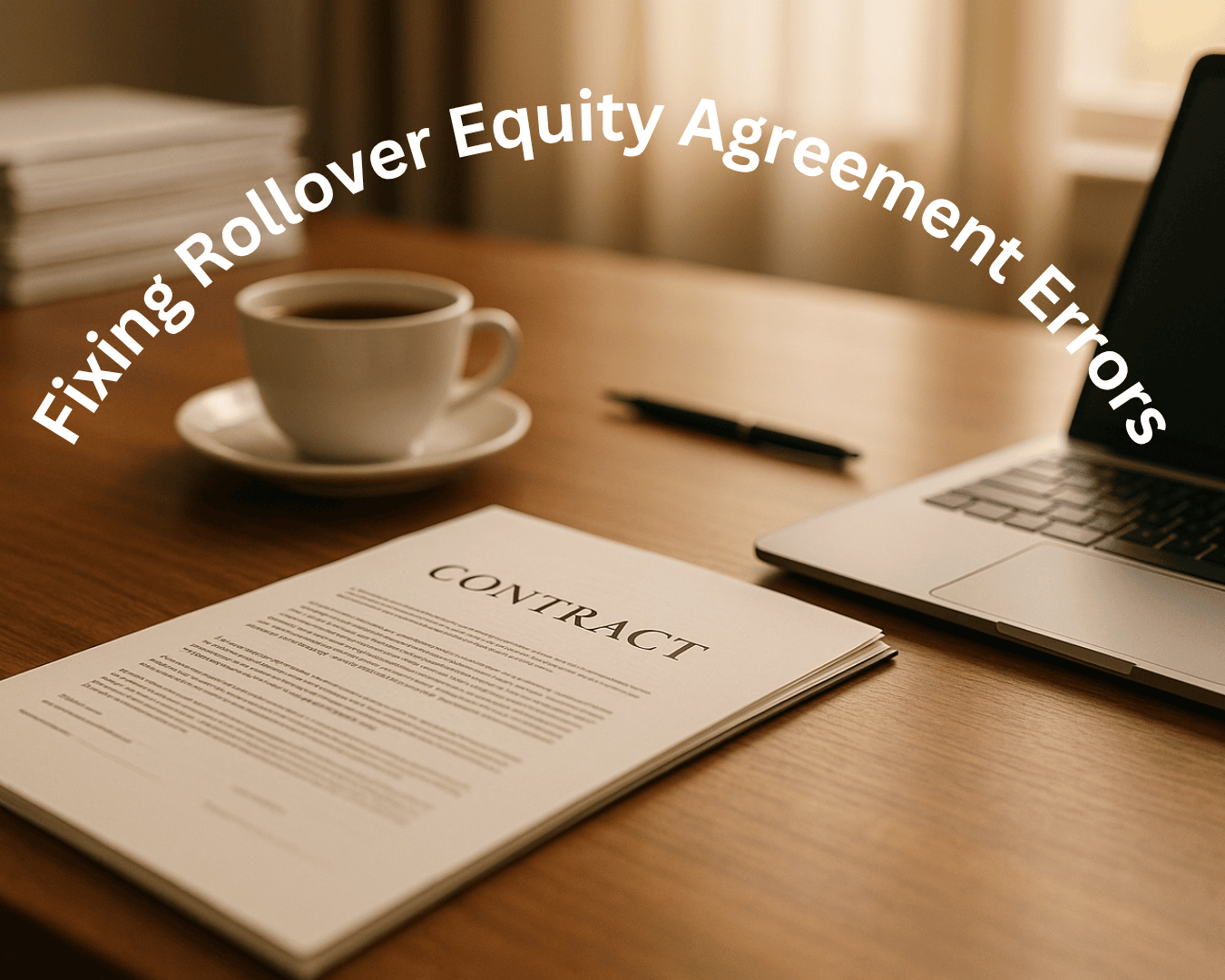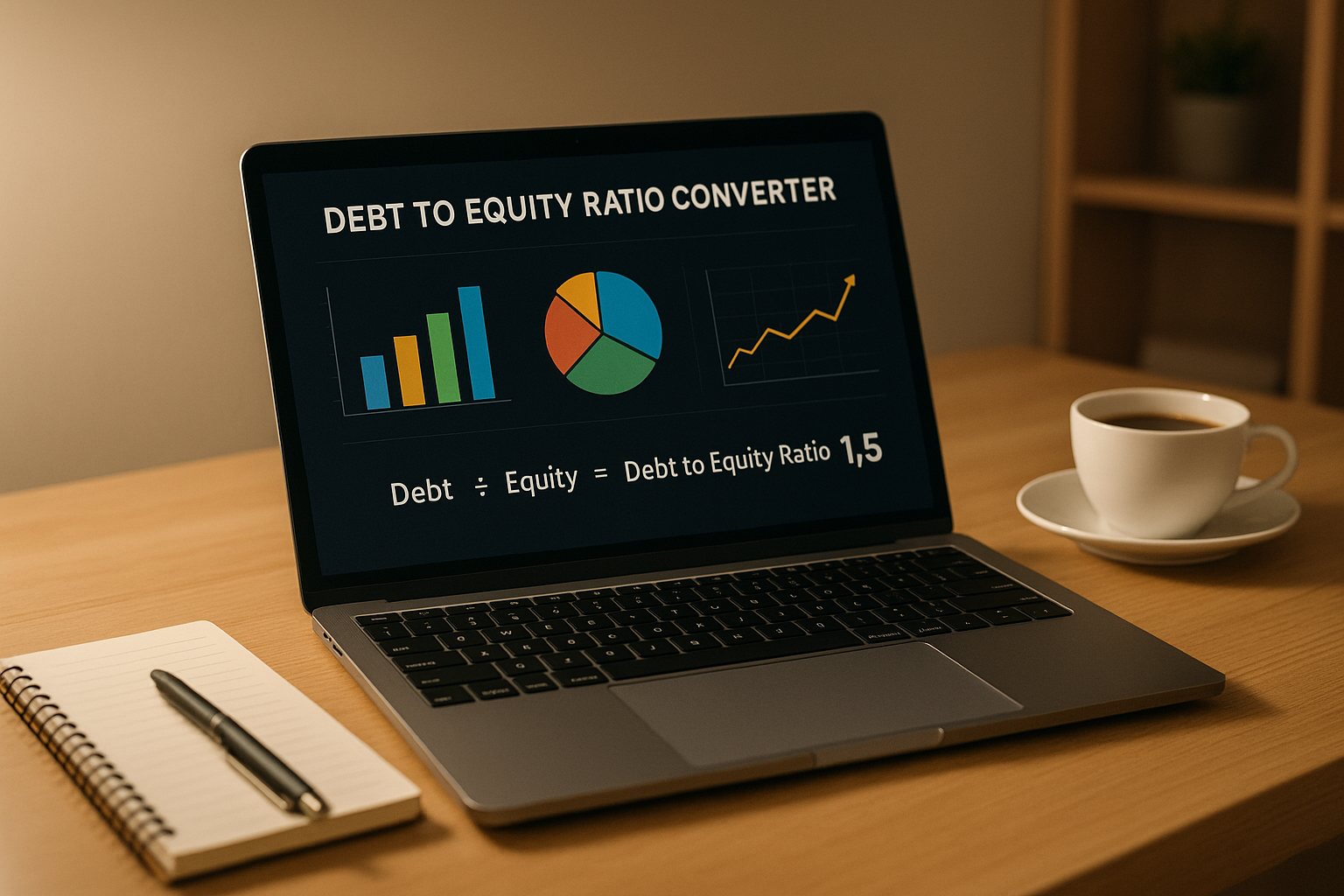Private credit funds are investment vehicles that lend directly to businesses, offering higher potential returns in exchange for lower liquidity. Investors use specific metrics to evaluate these funds, focusing on returns, risks, and market trends. Key takeaways include:
- Performance Metrics: ROI, IRR, MOIC, DPI, and TVPI help measure profitability and cash flow efficiency.
- Risk Metrics: Default rates, Loss Given Default (LGD), and credit spreads provide insights into credit quality and potential losses.
- Market Trends: Asset-based lending, regulatory shifts, and geographic diversification are reshaping private credit strategies.
Investors prioritize realized returns (DPI) over theoretical measures (IRR) due to current economic volatility. Understanding these metrics is essential for evaluating fund managers and navigating the evolving private credit landscape.
A deep dive into the world of investment-grade private credit
Performance Benchmarks for Private Credit Funds
When evaluating private credit funds, it's essential to focus on specific metrics that provide a clear picture of performance. These benchmarks not only help investors compare funds but also assess how effectively managers are handling investments. Here's a breakdown of the key metrics used to evaluate private credit performance.
Return on Investment (ROI)
ROI is a straightforward way to measure a fund's profitability by comparing total returns to the initial investment. For private credit, ROI includes both ongoing interest payments and any changes in the principal value at the time of exit. The formula is simple: (Total Returns - Initial Investment) ÷ Initial Investment × 100.
However, calculating ROI for private credit isn’t always straightforward. Funds often combine regular interest distributions with exit premiums, which can complicate the numbers. While ROI is great for comparing funds with similar structures, it falls short in accounting for the timing of returns - an important consideration for long-term investors.
Internal Rate of Return (IRR)
IRR goes a step further by factoring in the timing of cash flows, offering a more nuanced view of a fund's annualized performance. This metric calculates the discount rate that brings all cash flows - capital calls, distributions, and liquidation proceeds - down to a net present value of zero.
Essentially, IRR captures how efficiently capital is deployed over time. A higher IRR often reflects not only better use of capital but also a fund manager's ability to source and execute deals effectively. It's a key tool for evaluating investments with multiple cash flows over varying periods.
Sharpe Ratio
The Sharpe ratio focuses on risk-adjusted returns, comparing a fund's excess returns to the level of risk taken. It’s calculated by subtracting a risk-free rate - often based on long-term government bond yields - from the fund's returns, then dividing by the fund's volatility.
While this metric is helpful for understanding whether a fund’s returns justify its risk, private credit’s less frequent valuations can make it tricky to calculate accurately. As a result, fund managers often pair the Sharpe ratio with other risk measures to provide a more comprehensive view of performance.
Risk Measures for Private Credit Funds
Risk measures shed light on potential losses in private credit funds, offering a deeper perspective alongside performance metrics. Grasping these metrics is essential for making informed investment choices and maintaining a balanced portfolio.
Default Rates
Default rates represent the percentage of loans in a fund's portfolio that fail to meet payment obligations within a specific period. This metric directly reflects the credit quality and underwriting standards of the fund manager.
To calculate default rates, divide the number of defaulted loans by the total portfolio, expressed annually. For instance, if a portfolio of 100 loans sees 3 defaults in a year, the default rate is 3.0%.
However, assessing default rates in private credit can be tricky. Unlike public markets, where defaults are clearly defined, private credit managers often restructure loans with borrowers before a formal default occurs. As a result, reported default rates might not fully capture the extent of credit stress within a portfolio.
Most high-quality private credit funds aim for annual default rates between 1% and 4%, depending on their strategy. Funds focused on established middle-market companies tend to have lower default rates. On the other hand, those targeting smaller businesses or distressed opportunities often encounter higher rates.
Loss Given Default (LGD)
Loss Given Default (LGD) quantifies the financial loss a fund incurs when a loan defaults, expressed as a percentage of the loan's outstanding balance. While default rates show how often defaults occur, LGD measures the severity of those losses.
The formula is simple:
LGD = (Outstanding Loan Amount - Recovery Amount) ÷ Outstanding Loan Amount × 100.
For example, if a $1 million loan defaults and the fund recovers $600,000 through asset sales or restructuring, the LGD is 40%.
Recovery rates can vary widely depending on factors like loan type and collateral. Senior secured loans typically have lower LGD rates because they are backed by specific assets and hold priority in bankruptcy proceedings. In contrast, subordinated or unsecured loans often face higher losses due to their lower ranking in the capital structure.
Private credit funds usually maintain detailed records of their recovery efforts, including timelines and outcomes of asset liquidations. This historical data not only reflects the fund's underwriting quality but also highlights the manager's ability to recover value during distressed scenarios.
Credit Spreads
Credit spreads indicate the extra yield investors demand for taking on credit risk compared to risk-free government bonds. In private credit, spreads act as both a pricing tool and a risk barometer, revealing the market's view on default likelihood and potential losses.
To calculate the spread, subtract the yield on a comparable Treasury bond from the fund's target return. For example, if a fund targets a 12% return while 10-year Treasuries yield 4%, the credit spread is 800 basis points (or 8%).
Credit spreads tend to widen during times of economic uncertainty and tighten when markets stabilize and competition among lenders intensifies.
Analyzing spreads allows investors to compare different private credit opportunities and evaluate whether the returns justify the associated risks. Funds with consistently narrow spreads relative to their default and loss history might signal either excellent underwriting or insufficient risk pricing.
Tracking how spreads evolve over time also offers insights into market trends and fund manager behavior. Managers who maintain disciplined spread thresholds during competitive periods often demonstrate stronger long-term risk management, even if it slows their capital deployment temporarily.
These metrics form a foundation for understanding market dynamics and evaluating fund performance through changing economic conditions.
sbb-itb-a3ef7c1
Market Trends and Outlook for Private Credit Funds
The private credit market is constantly evolving, with new trends shaping the way funds operate and perform. Keeping up with these developments is crucial for investors aiming to make smart choices about fund selection and portfolio strategy. Building on the earlier discussion of performance and risk metrics, these trends add valuable context for evaluating private credit funds.
Growth of Asset-Based Finance
Asset-based lending remains a key pillar of private credit strategies. By tying loans to tangible collateral - such as inventory, accounts receivable, equipment, or real estate - lenders create a safety net for recovering value during financial distress. Historical data shows that funds backed by strong collateral tend to fare better during downturns compared to those relying on unsecured loans. This has led institutional investors to increasingly prioritize funds with asset-based approaches.
One area gaining momentum is equipment financing. Industries like manufacturing, transportation, and healthcare often require funding for specialized equipment, and these loans typically come with wider credit spreads due to their inherent risks. Similarly, accounts receivable financing is becoming more popular among middle-market companies, offering them a way to improve cash flow by advancing funds against predictable revenue streams.
Real estate-backed private credit is also expanding beyond the traditional scope of commercial mortgages. Funds are now actively financing construction projects, property renovations, and bridge loans for acquisitions. The tangible nature of real estate collateral not only provides added security but also positions lenders to take a more active role if borrowers face financial difficulties.
These strategies, while promising, require sophisticated systems to monitor collateral and assess asset values. Leading funds often invest in specialized teams with the expertise to evaluate collateral quality, track market trends, and manage recovery processes. This level of diligence can create a competitive edge in an increasingly crowded market.
Regulatory Changes and Economic Outlook
The regulatory landscape for private credit funds is shifting, introducing new rules that impact fund operations and investor access. For example, enhanced disclosure requirements now mandate more frequent reporting on portfolio performance and risk. While these changes promote transparency and market integrity, they also increase compliance costs, pushing some smaller managers to consolidate or partner with larger platforms.
Interest rate movements are another critical factor influencing private credit performance. Recent Federal Reserve policies have created an environment where many private credit loans are tied to floating rates, such as the Secured Overnight Financing Rate (SOFR). While these structures offer some protection against inflation, they also raise borrower payment obligations, which can lead to higher default risks in more vulnerable sectors.
At the same time, regulatory pressures on traditional banks - stemming from stricter capital requirements and stress-testing protocols - have opened doors for private credit funds to fill the lending gap. Institutional investors, including pension funds and insurance companies, are increasingly drawn to private credit for its potential to deliver yield and diversification. This growing interest has fueled fund expansion but also intensified competition for high-quality opportunities.
Another emerging trend is geographic diversification. U.S.-based funds are beginning to explore lending opportunities in international markets. Cross-border deals, while requiring additional due diligence and currency risk management, allow funds to tap into less saturated markets with potentially attractive risk-adjusted returns.
Overall, the private credit market continues to grow, driven by the expansion of asset-based strategies, evolving regulatory frameworks, and shifting economic conditions. These trends highlight the importance of staying informed as funds navigate a competitive and complex environment.
How to Evaluate Private Credit Market Leaders
Evaluating the top players in the private credit market involves a deep dive into fund managers' past performance to understand what sets the best apart from the rest.
Analyzing Fund Manager Track Records
Start by examining a manager's historical investments, outcomes, and performance metrics. Past performance gives valuable insight into how a manager might navigate future opportunities and challenges in the market.
Look for managers who deliver steady returns through various market cycles. A key factor here is deal sourcing. The best managers often secure a large portion of their deals through direct relationships rather than relying solely on competitive auctions. This approach can lead to better terms and stronger relationships with borrowers.
Sector expertise and team stability are also critical. Managers with deep knowledge in specific industries and long-standing, cohesive teams are better positioned to maintain strong underwriting standards and build lasting borrower relationships. Analyzing these factors consistently will give you a clearer picture of a manager's overall quality.
Understanding these track records is a crucial step in evaluating how platforms can enhance access to tailored private credit options.
How Clearly Acquired Supports Private Credit Access
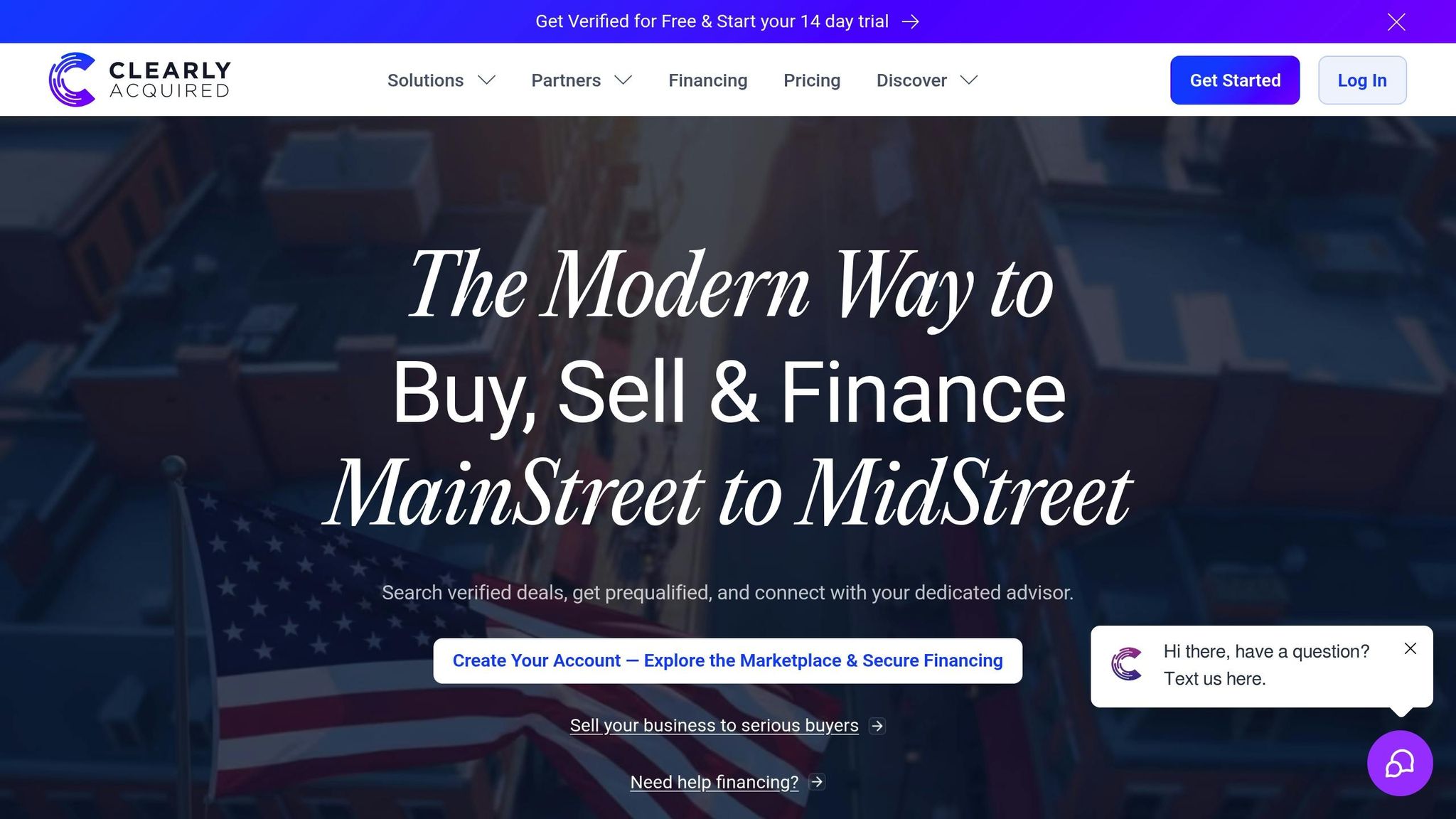
Once you've assessed fund managers, it's important to consider how specialized platforms like Clearly Acquired make private credit more accessible. While institutional investors often have direct access to top-tier funds, smaller businesses - particularly those on Main Street or in the lower-middle market - face unique financing challenges. These companies often need alternative funding structures that traditional banks can't provide.
Clearly Acquired steps in to bridge this gap. Using an AI-driven marketplace, the platform connects business owners with private credit tailored to their needs, offering solutions like equipment financing, working capital lines, and acquisition funding.
For business acquisitions, Clearly Acquired simplifies the process with pre-qualification tools that integrate financial verification, making it easier for buyers to connect with lenders experienced in deal financing. Borrowers gain access to programs like SBA 7(a) and SBA 504 loans, along with alternative structures such as seller notes and earnouts - ideal for smaller transactions.
The platform also supports more complex transactions requiring customized funding solutions. For deals involving a mix of debt and equity, Clearly Acquired offers advisory services that incorporate mezzanine capital, investor partnerships, and flexible repayment terms to create tailored financing packages.
To further streamline the evaluation process, Clearly Acquired provides tools like an AI-powered business valuation tool and secure data rooms for due diligence. Borrowers and lenders can rigorously assess opportunities with these features. Additionally, the platform offers market intelligence resources to keep users updated on trends in private credit pricing and availability, along with educational materials covering key credit metrics, loan covenants, and innovative deal structures.
Conclusion
Understanding private credit fund metrics - like ROI, IRR, and Sharpe ratios - is essential for evaluating returns while keeping risk in check. These tools help investors separate funds with steady, reliable performance from those that may look appealing but come with hidden pitfalls.
Metrics such as default rates, Loss Given Default (LGD), and credit spreads provide a deeper look at potential downsides, offering a clearer view of risk-adjusted returns. This kind of analysis becomes even more critical as market dynamics shift and traditional lending standards change.
Emerging trends, such as the rise of asset-based financing and evolving regulations, bring both opportunities and challenges that demand close attention from investors.
The best fund managers stand out by consistently delivering strong results, maintaining solid borrower relationships, and showcasing expertise in specific sectors. These qualities often lead to better deal sourcing and more favorable terms, making them key factors when evaluating platforms for private credit investments.
A thorough understanding of these metrics also helps identify platforms that connect investors with high-quality credit opportunities. For businesses seeking private credit, Clearly Acquired offers a tailored solution. Through its AI-powered marketplace and advanced analytical tools, it matches business owners with financing options, including equipment loans and acquisition funding.
FAQs
What key metrics should I focus on to assess the performance and risk of private credit funds?
When looking into private credit funds, it's essential to examine a few critical performance metrics. Start with the internal rate of return (IRR), net asset value (NAV), and total return - these give a solid snapshot of the fund's profitability and overall growth. On top of that, metrics like MOIC (multiple on invested capital) and DPI (distributions to paid-in) are valuable for understanding how efficiently the fund turns investments into returns for its investors.
To get a handle on risk, focus on factors such as loan-to-value (LTV), interest coverage ratio (ICR), and credit quality assessments. These provide insight into the fund's vulnerability to potential losses and its ability to handle debt responsibly. By thoroughly analyzing both performance and risk metrics, you’ll be better equipped to make informed investment choices.
How do economic conditions influence the preference for realized returns versus projected metrics in private credit investments?
Economic conditions heavily influence how investors weigh realized returns versus projected metrics in private credit investments. During periods of economic uncertainty or downturns, investors tend to focus on realized returns. Why? Because these returns provide solid proof of past performance and showcase how well risks have been managed.
On the other hand, when the economy is stable or growing, projected metrics like Internal Rate of Return (IRR) often take center stage. In such times, these forecasts are seen as more dependable, offering a glimpse into the potential future performance of an investment under steady market conditions.
How do regulatory changes and geographic diversification influence private credit fund strategies?
Stricter banking regulations and increased capital requirements have reshaped the financial landscape, pushing traditional banks to scale back in certain areas. In response, private credit funds have stepped in to fill the gap, adjusting their strategies to navigate these changes. One key adjustment has been expanding into new markets to spread risks and seek stronger returns.
Expanding geographically has become a vital strategy for private credit funds. By entering regions with varying regulatory environments, economic conditions, and interest rate climates, these funds can balance their risk exposure while identifying new growth opportunities. This approach not only strengthens their ability to weather economic shifts but also boosts overall performance.





























.png)




























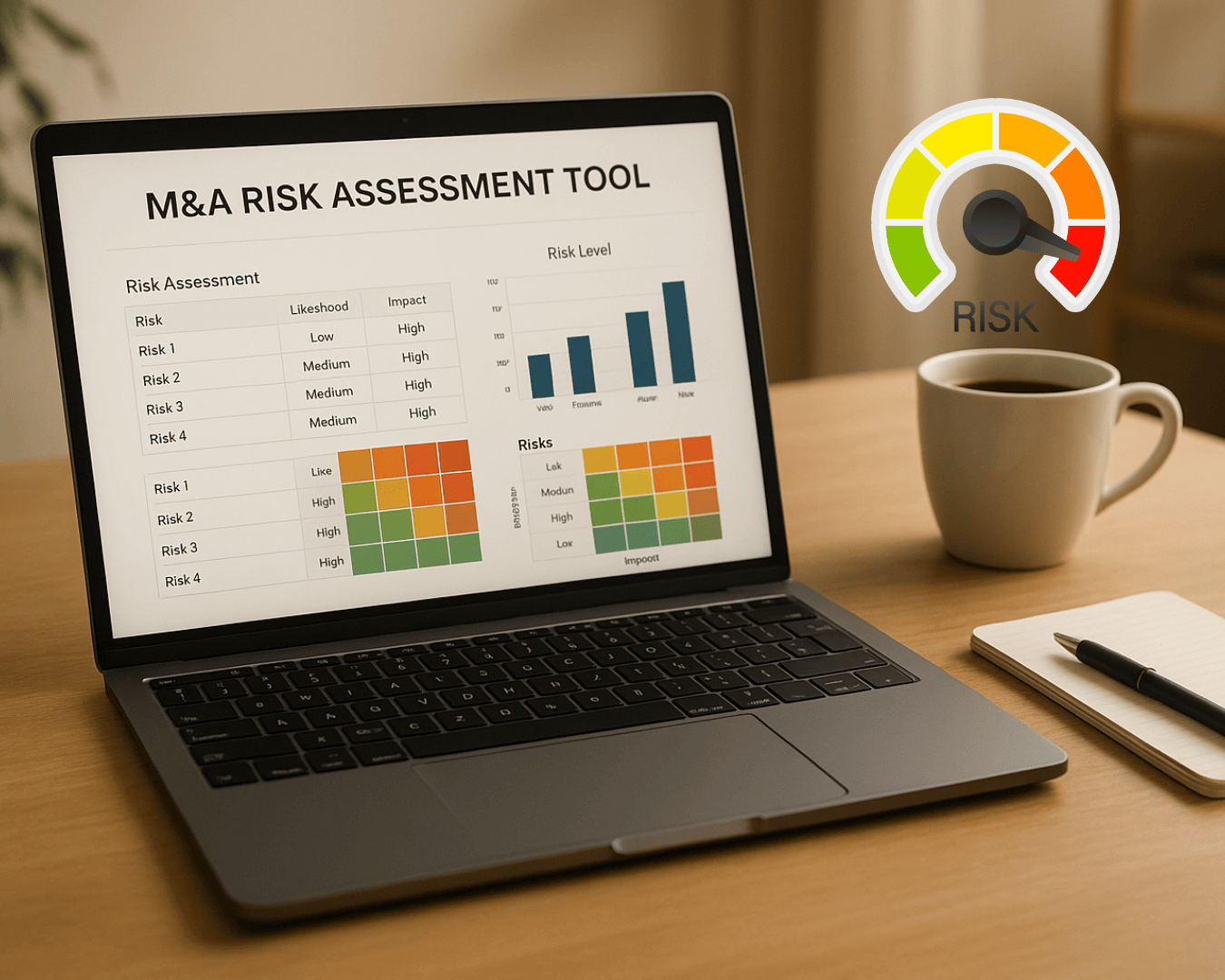


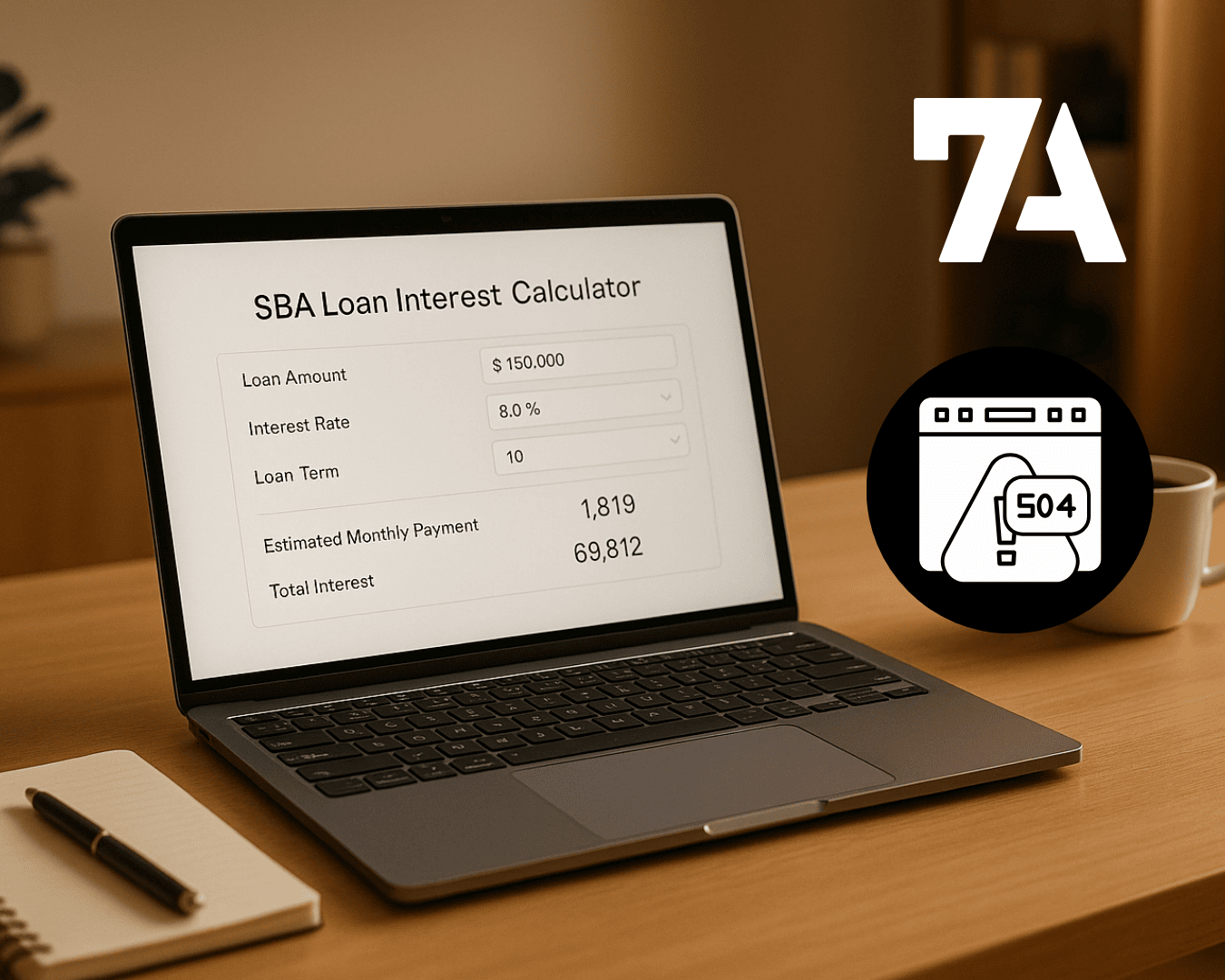








%20Loan%20Application%20Checklist.png)
